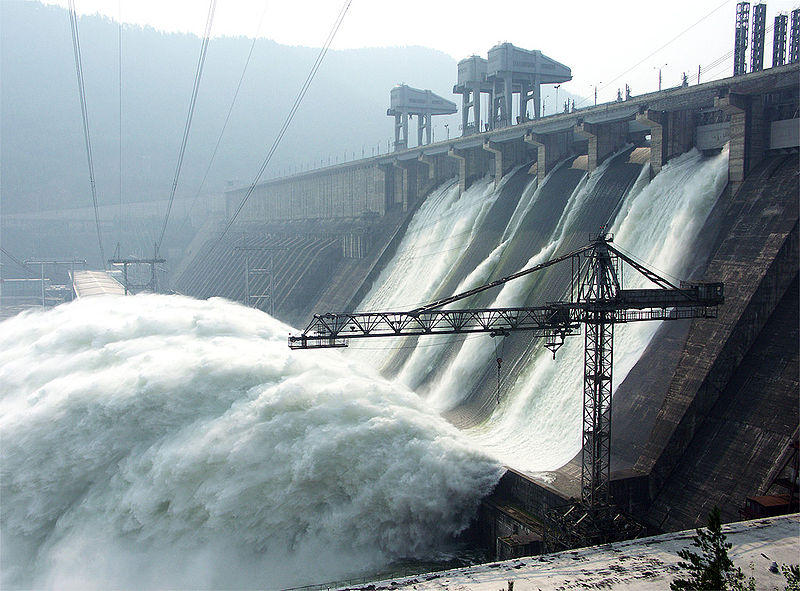BAKU, Azerbaijan, July 20
By Nargiz Sadikhova - Trend:
Georgia is the second largest source of growth for Eurasia’s hydropower capacity, Trend reports citing the IEA Hydropower Special Market Report.
Hydropower capacity in Eurasia is forecast to increase 7 percent (6.4 GW) between 2021 and 2030.
Russia, the region’s leader in cumulative capacity, is the largest source of growth (30 percent), followed by Georgia, Uzbekistan, Ukraine, Tajikistan, Bosnia and Montenegro. One of the region’s most notable trends is the large share of overall net hydropower capacity growth contributed by new capacity from existing projects.
During 2021-2030, Eurasia will have the one of the world’s largest share of net capacity additions from uprates and expansions to modernize ageing plants. In fact, as the average fleet age in the region’s leading growth markets is 40- 50 years, uprates and expansions will make up around 30 percent of its net capacity additions over the forecast period, led by Russia, Ukraine and Tajikistan.
The main drivers for modernization are to restore the performance of ageing plants, maintain their availability and improve system flexibility.
Greenfield projects provide the majority of net hydropower capacity additions, but they are more prominent in some countries than in others. Some economies are developing new projects to meet fast-growing domestic power demand and reduce reliance on imported fuels (Georgia), while others are striving to improve electricity access for rural communities (Russia and Uzbekistan) and meet renewable energy targets and climate goals (Energy Community countries).
The pace of development will depend on how quickly transmission grids and interconnections can be strengthened and expanded. In the Middle East and North Africa (MENA), net hydropower capacity additions are expected to be 15 percent higher in 2021-2030 than in the previous decade, owing to stronger pumped-storage hydropower (PSH) development in Morocco, Egypt, the United Arab Emirates, Israel and Iran. In most of these markets, the need for greater system flexibility to accommodate increasing solar PV penetration is the main driver for growth.
PSH plants are therefore expected to account for almost 45 percent of the MENA region’s hydropower deployment, up from just 30 percent in 2011-2020. Remaining conventional hydropower additions will come mostly from large reservoir projects in Iran.
---
Follow the author on Twitter: @nargiz_sadikh






